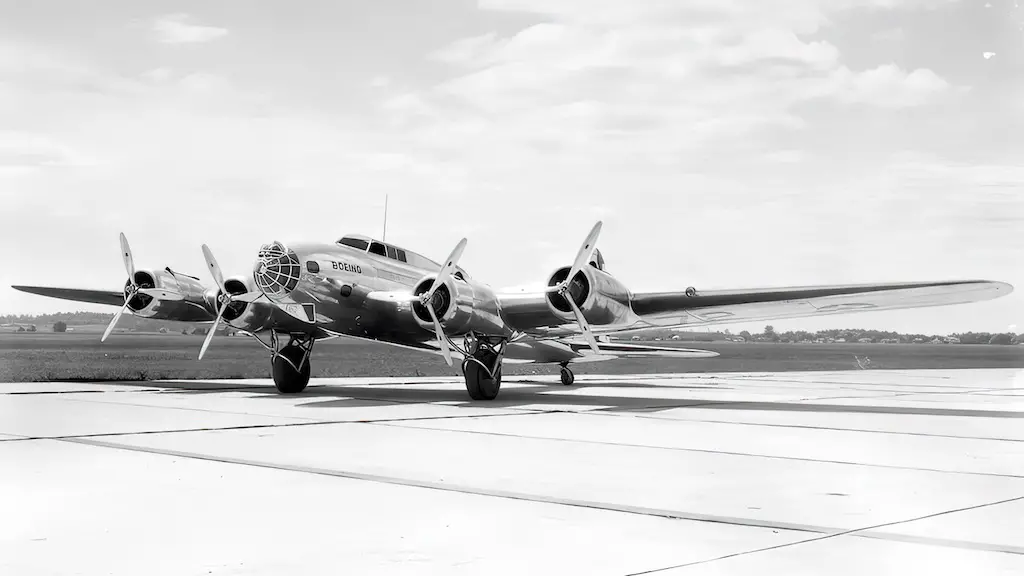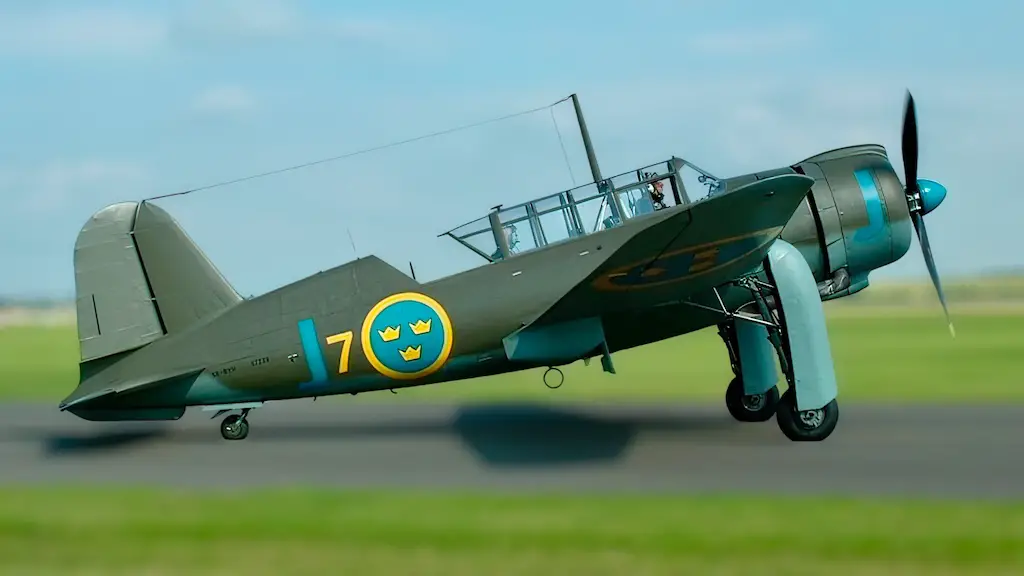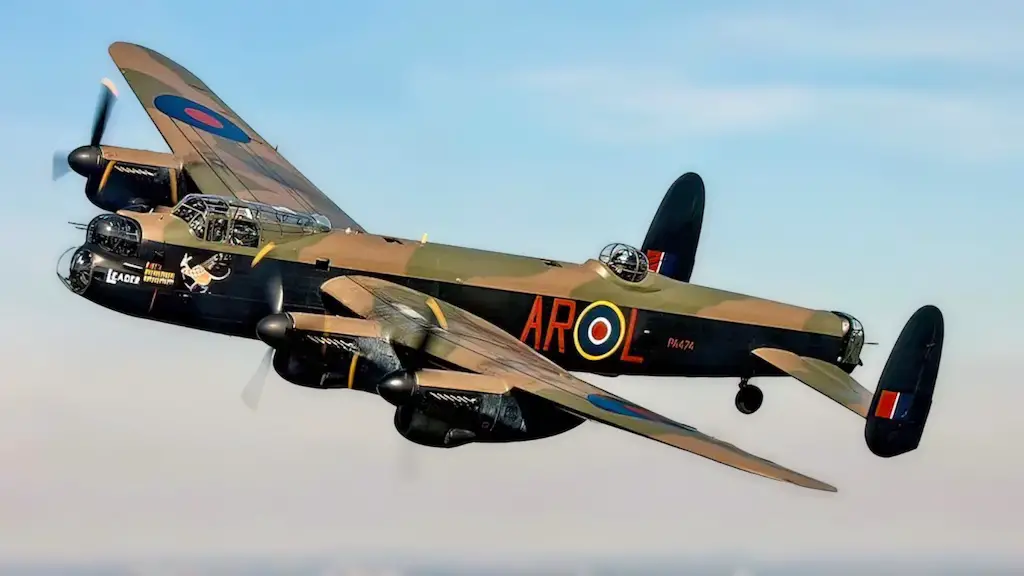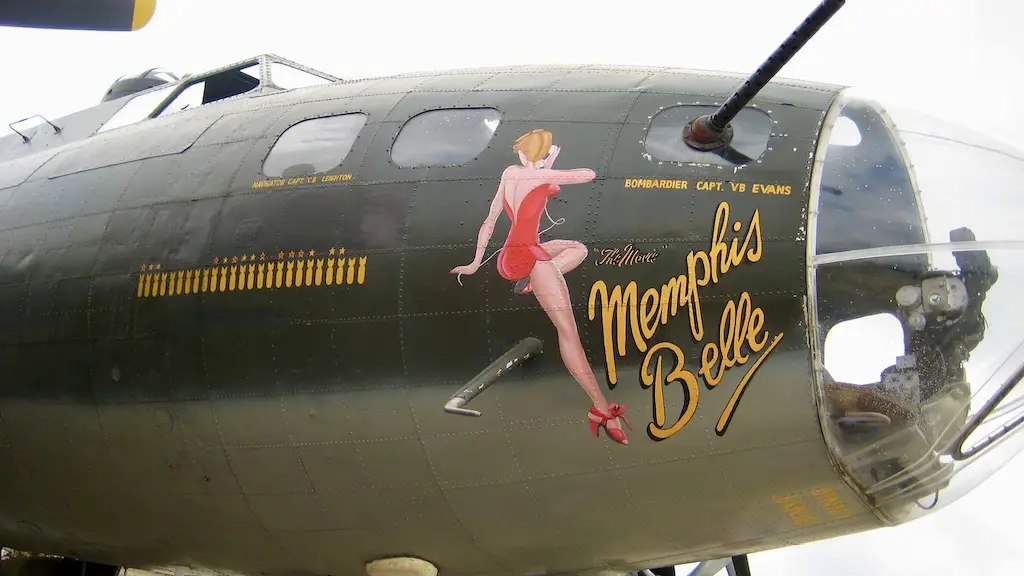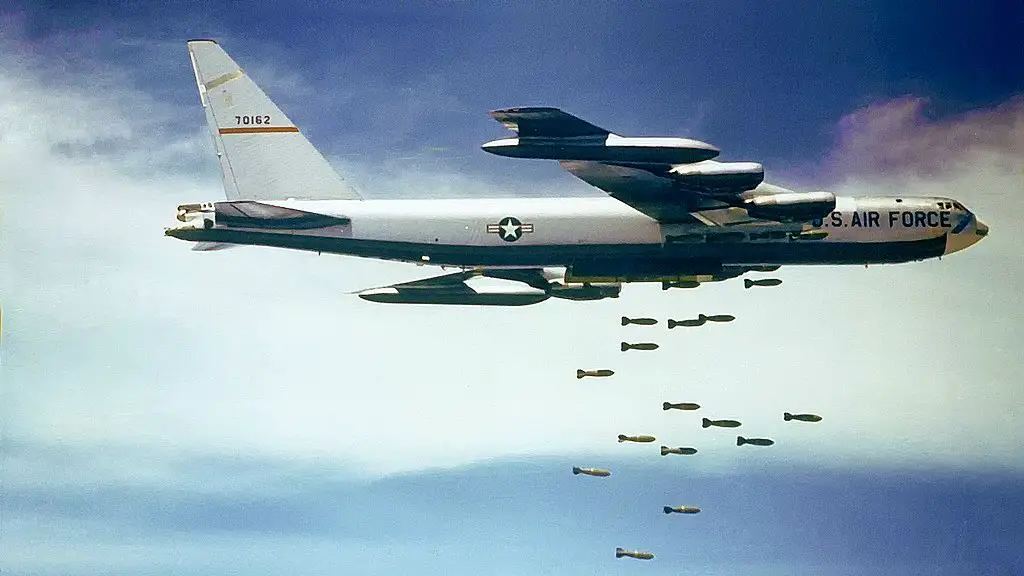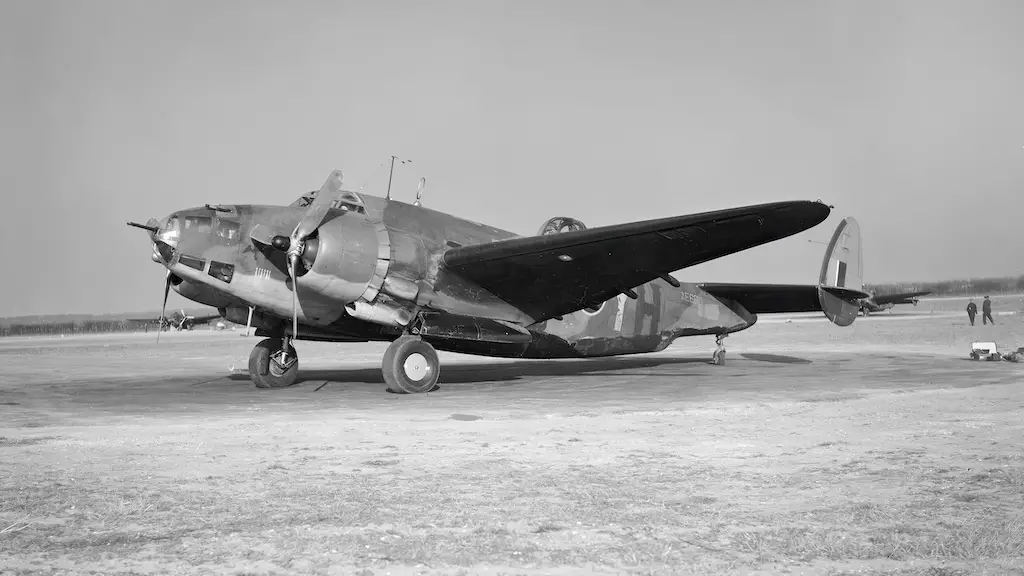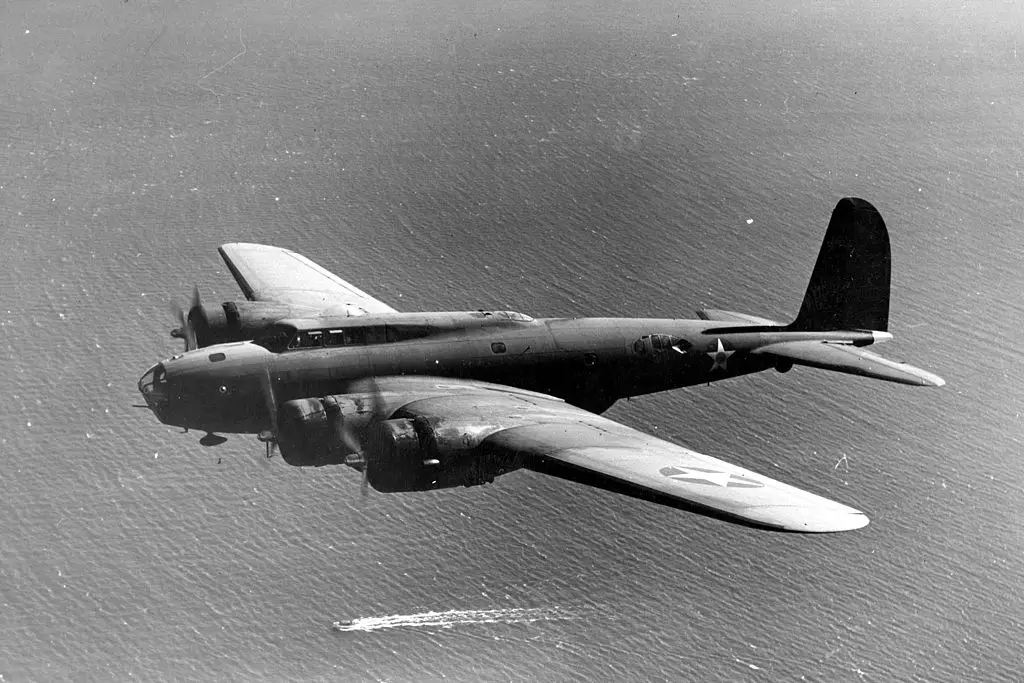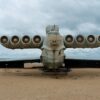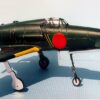By the time the production run of Boeing B-17 Flying Fortress ended in May 1945, a total of 12,731 specimen of this gorgeous and powerful aircraft had been built. After completing their historic mission in WWII, most surviving Fortresses headed to scrapyards in the post-war decades giving way to new generations of bombers. Today there are only six B-17s that actually saw combat in WWII. The oldest of them is B-17D ‘Swoose,’ which had been on active service from day one of that war.
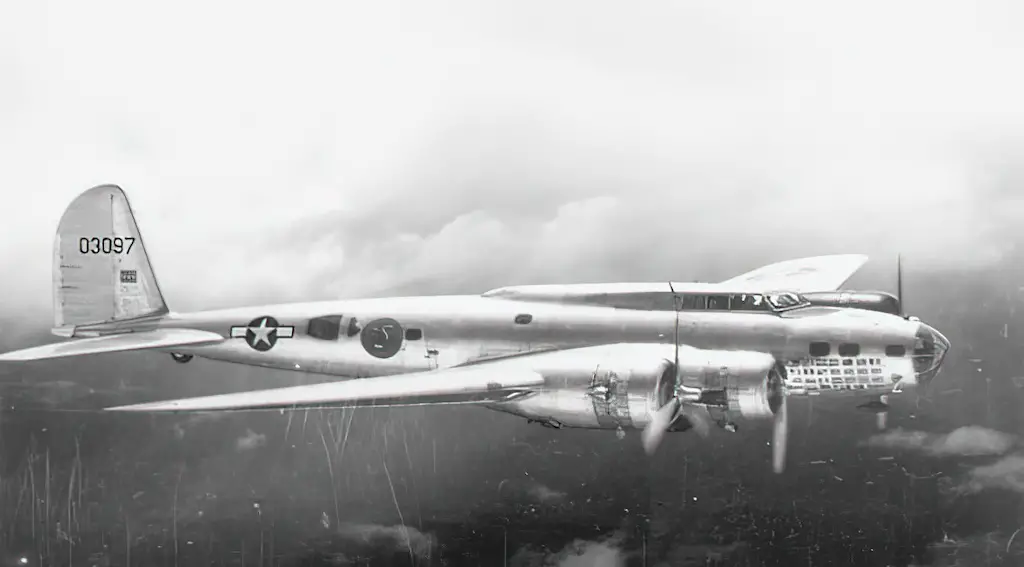
Swoose’s old name
This B-17D Flying Fortress, Army Air Force Serial No. 40-3097, originally named ‘Ole Betsy,’ was accepted by the Army on April 25, 1941. In May it was ferried to Hawaii and then in September to the Philippines. This aircraft was the 38th of 42 D models built and today it remains the only surviving shark-fin tail D-model.
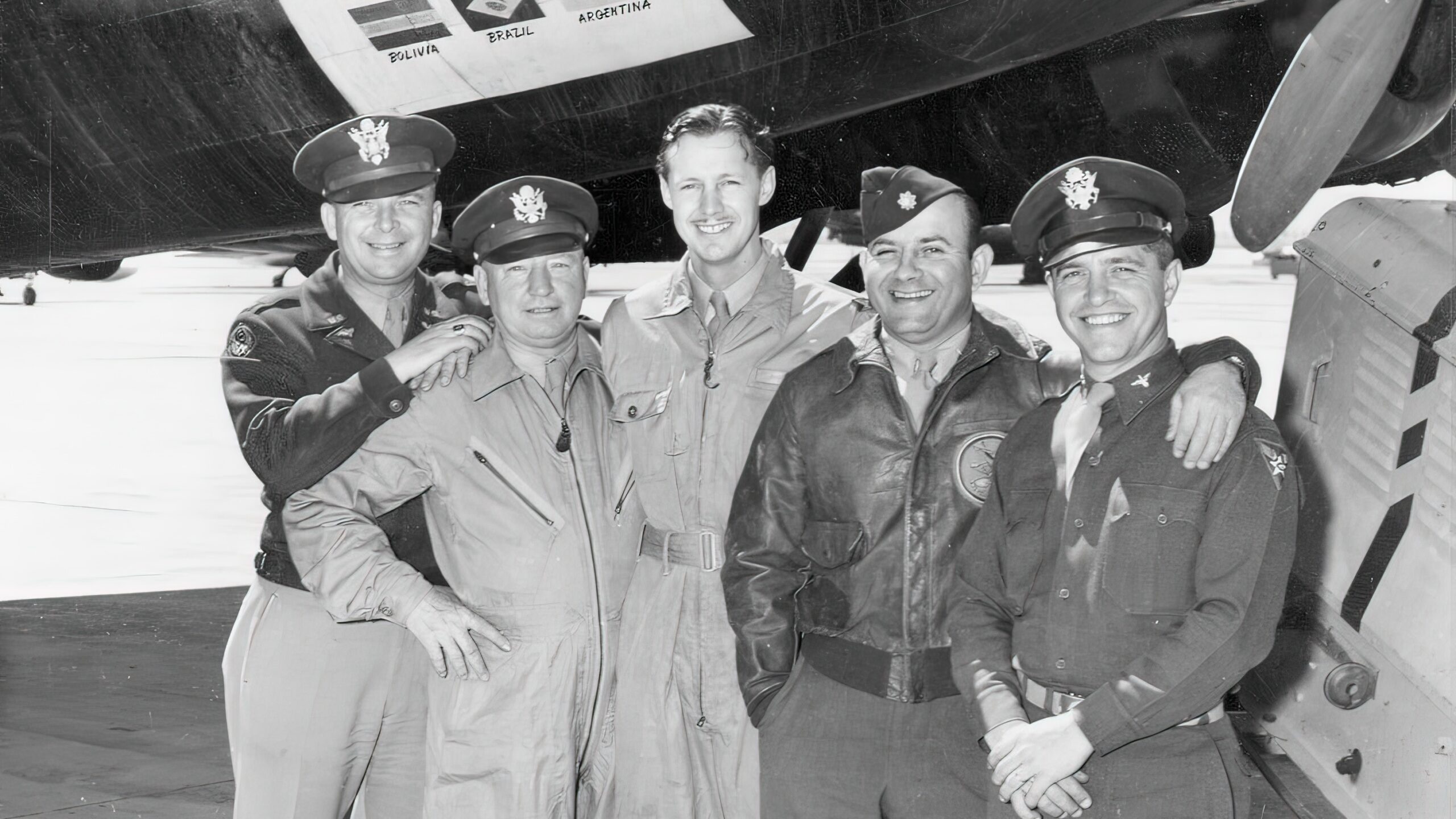
Fierce combat in the Pacific
In early December 1941, amid the growing threat of war with Japan, ‘Ole Betsy’ along with several other Flying Fortresses was redeployed to southern Philippines as a dispersal measure. That saved the aircraft from the devastating Japanese attacks that hit the archipelagos’ main island of Luzon on December 8, just hours after the strike on Pearl Harbor.
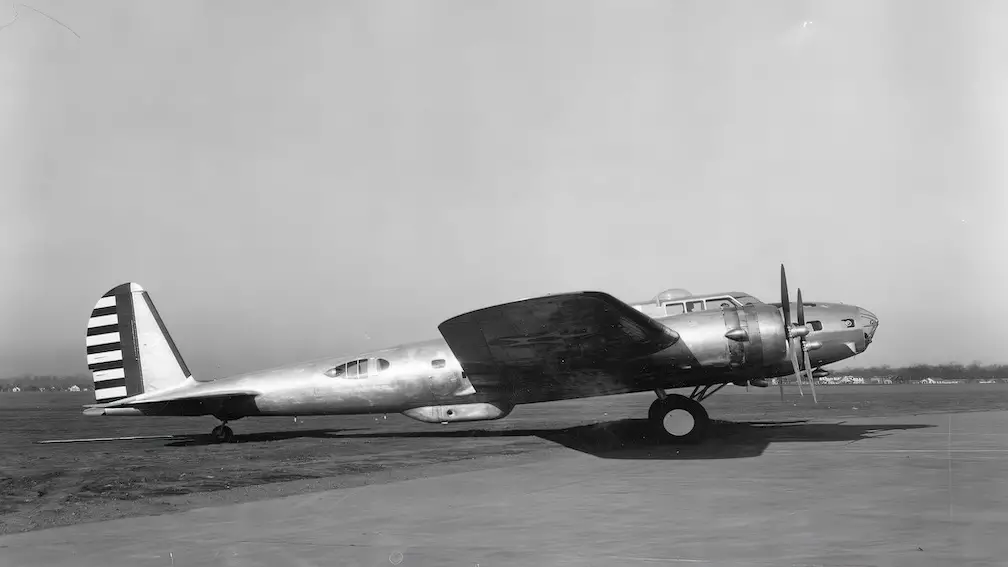
‘Ole Betsy’ immediately started raiding enemy targets together with other B-17s that survived the Japanese attacks. First from southern Philippines, then from Java. On January 11, 1942, flying a mission targeting the east coast of Borneo, the bomber was seriously damaged by Japanese fighters. Up to that point ground crews managed to maintain the Flying Fortress’s airworthiness by cannibalizing destroyed B-17s, but now ‘Ole Betsy’ needed a thorough overhaul.
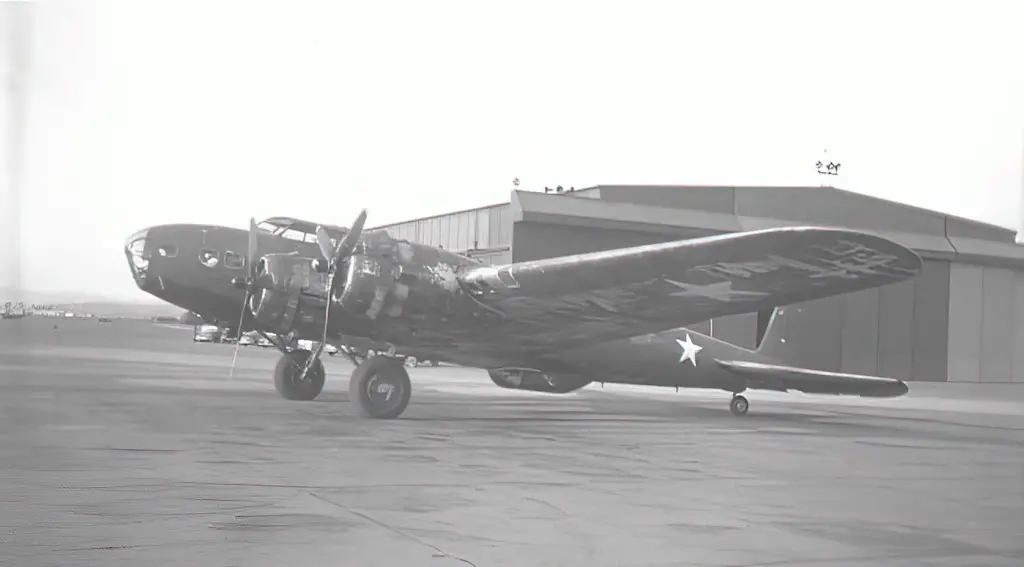
A new name and a new role
The bomber was transferred to Australia, where it underwent extensive repairs, including getting a new tail and engines. It was converted into an armed transport and in this new role it also received a new name, ‘Swoose.’ It came from a then-popular song, which went “Swoose, swoose, Alexander is a swoose. Half a swan, half a goose, Alexander is a swoose.”
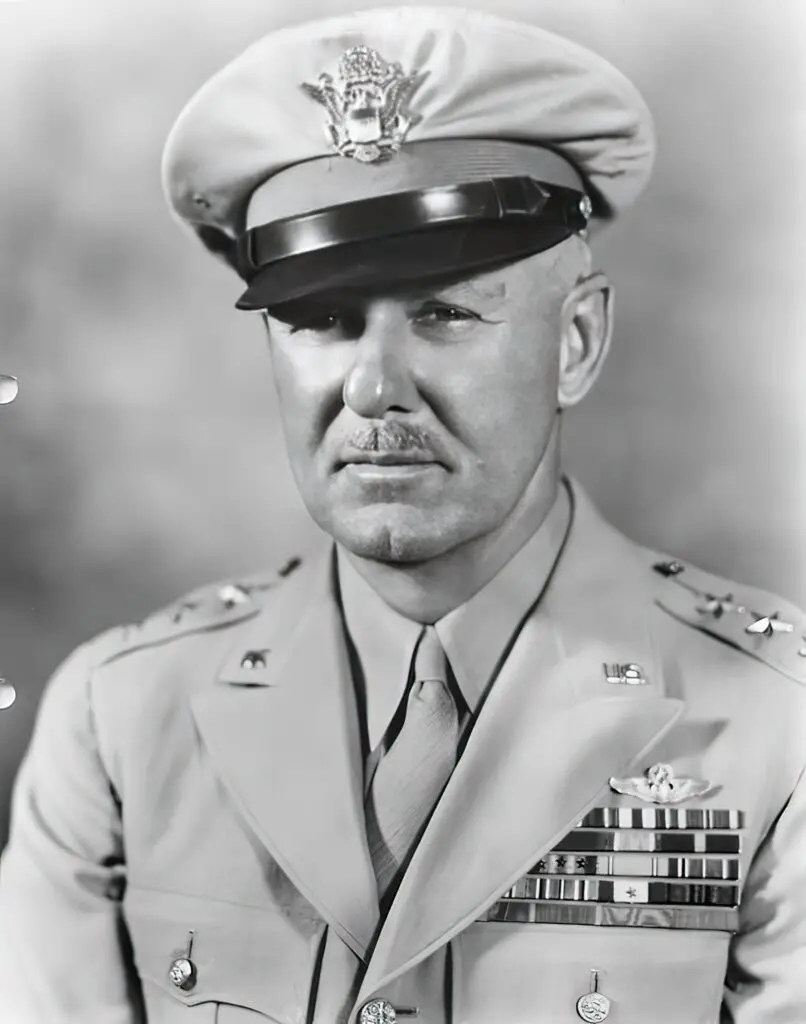
Through the first half of 1942, the ‘Swoose’s job was to carry Commander of Allied Air Forces in the Southwest Pacific, Lt. Gen. George Brett to forward air bases in combat zones. In the summer of 1942 Lt. Gen. Brett returned to the US mainland taking the ‘Swoose’ with him. There the bomber was stripped of weapons and continued carrying the general around the country. Flying far from enemy flak fire and fighter attacks, the ‘Swoose’ safely served until the end of the war.
Surviving post-war neglect
Following the war, the ‘Swoose’ was brought to Kingman, Arizona, to await scrapping. It was luckier than most other Fortresses, though. Col. Frank Kurtz, who had been the ‘Swoose’s pilot, vouched for the bomber, suggesting making it into a war memorial in Los Angeles. Although the city authorities failed to find the airplane a suitable place, the ‘Swoose’ was saved.
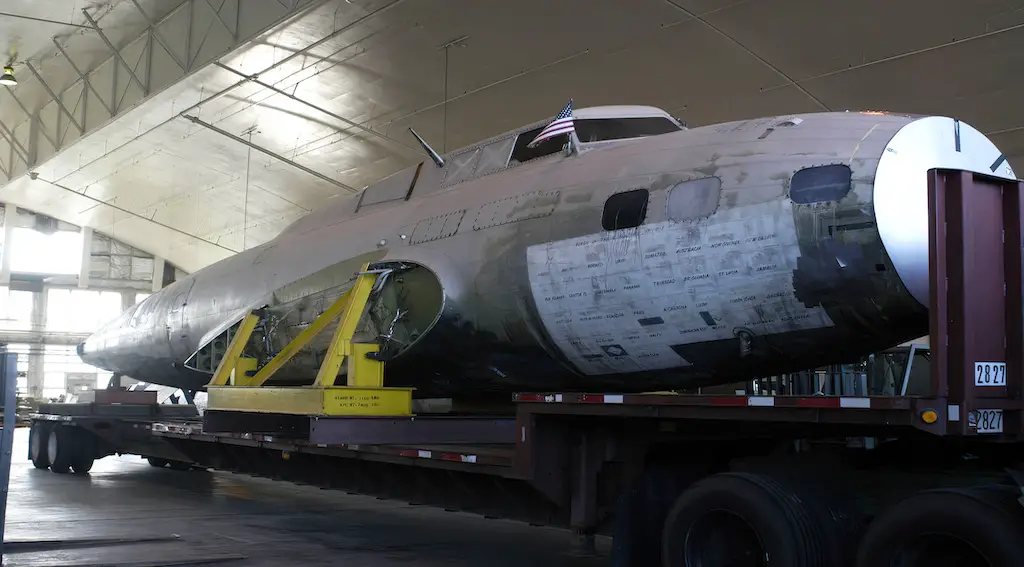
After lingering for some time in Los Angeles, it was donated to the Smithsonian Institute’s National Air Museum. The aircraft spent the following decades at various storage facilities before being acquired by the National Museum of the United States Air Force in Ohio in 2008. The ‘Swoose’ will be placed on display there after a complete restoration.

